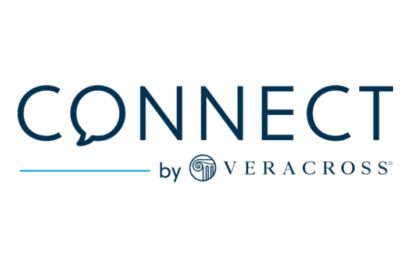
In today’s dynamic educational landscape, independent K-12 schools continually strive to adapt to changing technology trends, improve operational efficiency, and enhance the learning experience for both students and faculty. One of the critical components in achieving these goals is the successful implementation of a student information system (SIS). Transitioning to a new SIS can be a complex undertaking, and many schools are turning to a phased approach to ensure a smoother transition.
In this blog post, we will explore the benefits of a phased SIS implementation and ten reasons why technology leaders should consider this approach.
The Challenge of SIS Implementation
Implementing a new SIS can be a daunting task, especially for independent schools with diverse needs and limited resources. A sudden shift from an old system to a new one can disrupt daily operations, affect staff morale, and create confusion among stakeholders. To mitigate these challenges, schools are increasingly adopting a phased approach, which allows them to introduce changes incrementally, reducing the shock factor associated with a complete overhaul.
Benefits of a Phased SIS Implementation
Reduced Disruption
One of the primary benefits of a phased SIS implementation is the reduction of disruption to daily school activities. Instead of abruptly switching from one system to another, schools can gradually transition, allowing faculty, staff, and students to adapt to the changes at their own pace. This minimizes downtime, ensures continuity in school operations, and maintains a positive learning environment.
Enhanced User Adoption
User adoption is a critical factor in the success of any new technology implementation. By phasing in the SIS changes, schools provide their users with more time to become familiar with the new system. This approach fosters confidence among faculty and staff, as they gain experience and become proficient in using the software. Enhanced user adoption ultimately leads to more effective utilization of the SIS’s capabilities.
Improved Training and Support
Phased implementation allows schools to provide targeted training and support to their faculty and staff. Instead of overwhelming users with all the features at once, schools can offer focused training sessions on specific modules and functionalities. This tailored approach ensures that users receive the training they need when they need it, increasing their confidence and competence.
Customization and Alignment
Every independent school has unique processes and workflows. A phased implementation enables schools to customize the SIS to align with their specific needs gradually. This customization ensures that the SIS becomes a valuable asset, serving as a strategic tool to optimize school operations, rather than forcing the school to adapt to a rigid system.
Data Accuracy and Quality
Transitioning to a new SIS involves migrating a significant amount of data. Rushing this process can lead to data inaccuracies and inconsistencies that can affect various aspects of school management. Phasing in the implementation allows for meticulous data migration, data validation, and quality assurance. This, in turn, ensures that the SIS provides reliable and accurate information for informed decision-making.
Financial Management
Financial management is a crucial aspect of independent schools, and it often involves multiple departments. With a phased approach, schools can start by implementing the financial management module, giving their finance teams the tools they need to operate efficiently. This can be particularly beneficial in aligning the implementation with the school’s fiscal year-end and audit timelines.
Streamlined Communication
A phased SIS implementation also facilitates better communication within the school community. As different departments adapt to the new system at their own pace, the flow of information between administrators, faculty, parents, and students remains more consistent and clearer. Improved communication leads to a more transparent and collaborative educational environment.
Reduced Risk
A phased approach helps mitigate risks associated with SIS implementations. By spreading the transition over several months or even a year, schools can identify and address potential issues early in the process. This proactive risk management minimizes the chances of costly disruptions or setbacks.
Long-Term Planning
A phased SIS implementation encourages schools to adopt a long-term perspective. Rather than focusing solely on the immediate challenges, schools can strategize for the future. They can plan for the integration of additional modules, explore opportunities for automation, and gradually expand the SIS’s capabilities to support their evolving needs.
Budget Benefits
Last, but certainly not least, a phased SIS implementation is cost-effective. Instead of receiving one large bill to pay for your entire implementation at once, vendors like Veracross allow you to pay as you add additional modules. This approach extends your budget and allows you to pay as you go.
Why You Should Consider a Phased SIS Implementation
Ultimately, a phased SIS implementation empowers independent schools to leverage technology as a strategic asset, delivering more efficient and effective administrative processes, better support for educators, and an enhanced learning experience for students. By carefully planning and executing a phased implementation, schools can navigate the challenges of technology adoption while staying focused on their mission of providing exceptional education.
Curious about a phased SIS implementation?
Get in touch to learn how Veracross can support your school through every step of the process.



